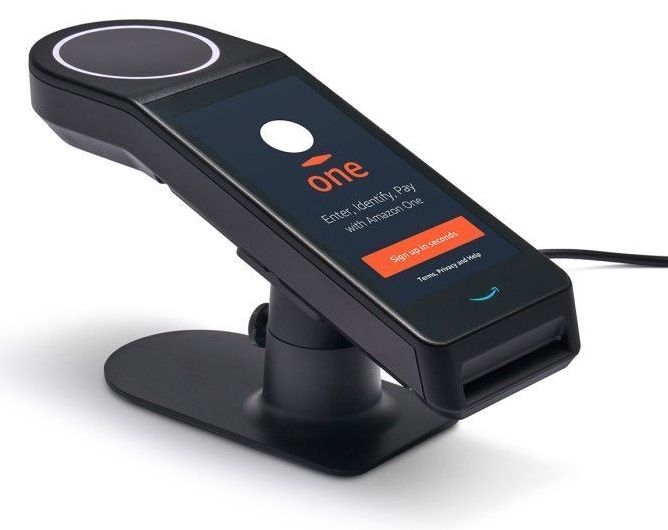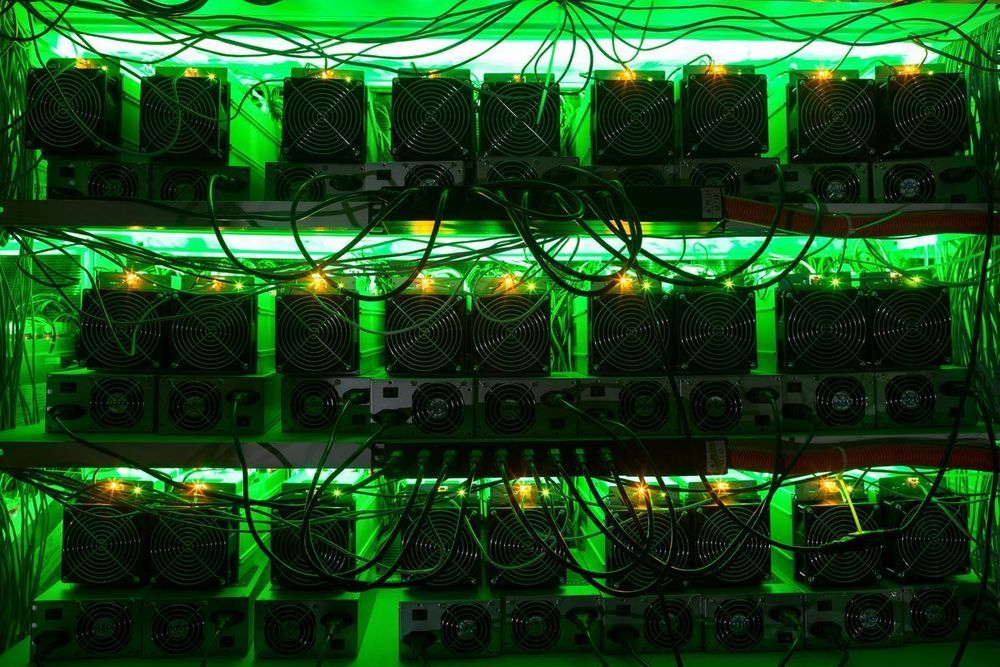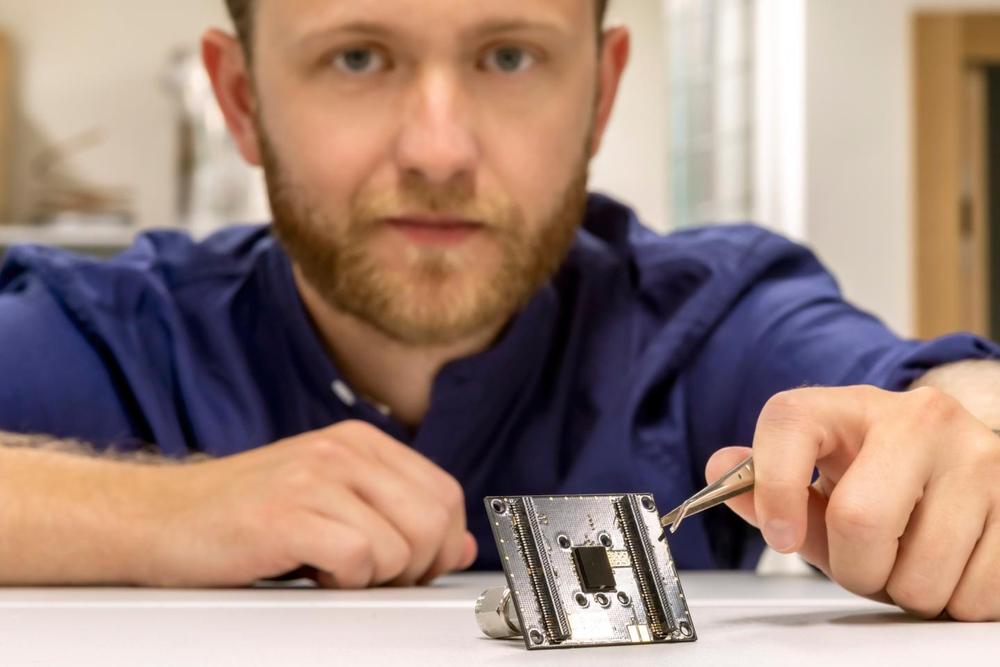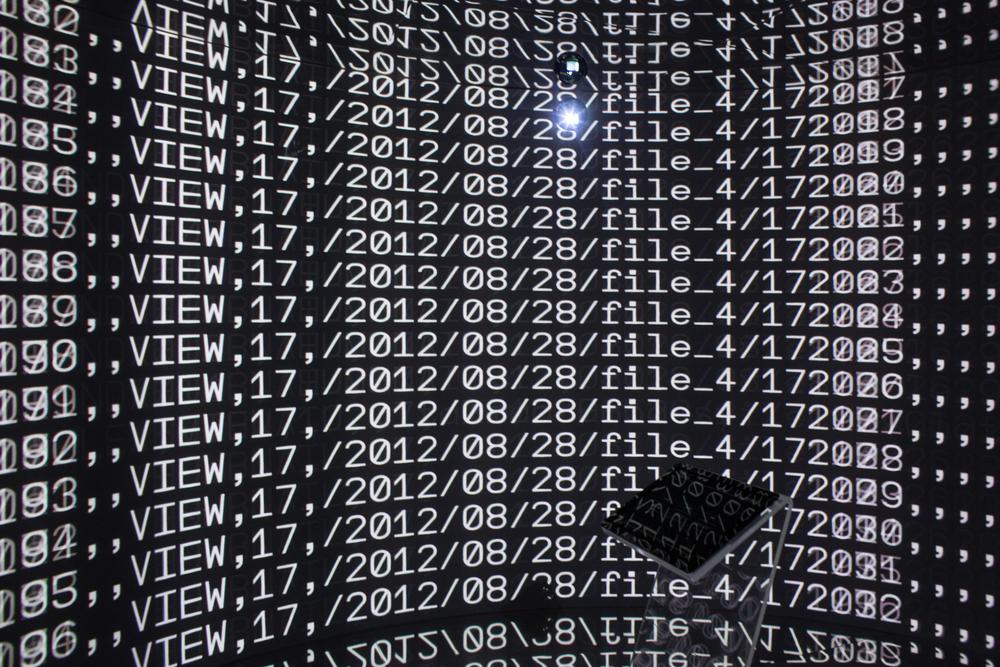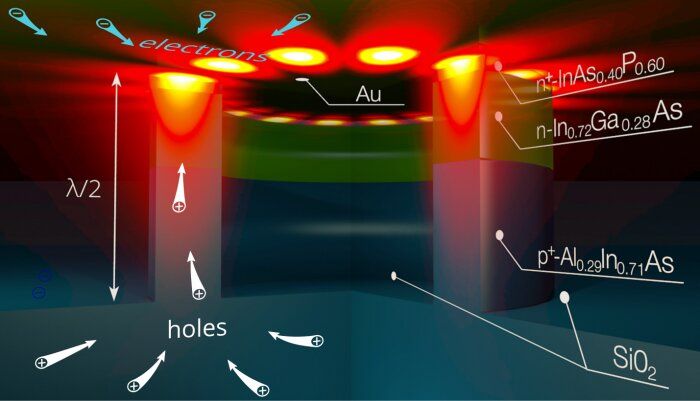Archive for the ‘mobile phones’ category: Page 122
Sep 29, 2020
Amazon introduces ability to pay with your hands
Posted by Genevieve Klien in category: mobile phones
Instead of using a credit card or smartphone to pay for your goods, Amazon wants you to use your hands.
In a blog post, the company unveiled its own palm recognition technology, known as Amazon One. The technology, first rolling out in Amazon’s home market of Seattle, will use people’s palms to identify them and combine that with details of the palm, such as lines and ridges, to build a “palm signature.”
“In most retail environments, Amazon One could become an alternate payment or loyalty card option with a device at the checkout counter next to a traditional point of sale system,” Dilip Kumar, vice president, Amazon Physical Retail, wrote in the post. “Or, for entering a location like a stadium or badging into work, Amazon One could be part of an existing entry point to make accessing the location quicker and easier.”
Sep 28, 2020
Ransomware reportedly to blame for outage at US hospital chain
Posted by Quinn Sena in categories: biotech/medical, health, mobile phones
It doesn’t appear staff or patient information was compromised.
Health care provider Universal Health Services, one of the largest chains in the US, has been hit by an apparent ransomware attack, TechCrunch reported. UHS facilities in California, Florida, North Dakota, Arizona, and other locations began noticing problems early Sunday, with some locations reporting locked computers and phone systems.
Some UHS hospitals had to use pen and paper to file patient information as a result, according to NBC News.
Continue reading “Ransomware reportedly to blame for outage at US hospital chain” »
Sep 25, 2020
How China Is Closing In on Its Own Digital Currency
Posted by Derick Lee in categories: biotech/medical, bitcoin, business, cryptocurrencies, economics, mobile phones
While there’s no launch date yet, the People’s Bank of China is likely to be the first major central bank to issue a digital version of its currency, the yuan, seeking to keep up with — and control of — a rapidly digitizing economy. Trials have been held this year in a handful of cities and tests have started with some e-wallets and online apps, with the Covid-19 pandemic and need for social distancing providing a new sense of urgency. Unlike cryptocurrencies such as Bitcoin, dealing in the digital yuan won’t have any presumption of anonymity, and its value will be as stable as the physical yuan, which will be sticking around too. Behind China’s rush is a desire to manage technological change on its own terms. As one PBOC official put it, currency isn’t only an economic issue, it’s also about sovereignty.
Not all the details are out, but according to new patents registered by the PBOC and official speeches, it could work something like this: Consumers and businesses would download a digital wallet onto their mobile phone and fill it with money from their account at a commercial bank — similar to going to an ATM. They then use that money — dubbed Digital Currency Electronic Payment, or DCEP — like cash to make and receive payments directly with anyone else who also has a digital wallet. Some questions remain, including the impact on Big Tech companies such as Ant Group Co. and Tencent Holdings Ltd. that already offer payment services.
Sep 25, 2020
World’s smallest fine particle air pollution sensor fits inside a phone
Posted by Quinn Sena in categories: biotech/medical, health, mobile phones, wearables
Air pollution involving very fine dust, such as PM2.5 particles, poses a serious threat to human health. Scientists in Austria have developed what they call the smallest particle sensor in the world, designed specifically to detect these harmful pollutants and offer a highly localized picture of air quality by being integrated into wearables and mobile devices.
According to the World Health Organization, air pollution contributes to more than four million premature deaths each year. While PM10 particles with a diameter of 10 microns or less can also make their way into their lungs, the finer PM2.5 particles are even more dangerous, as they can penetrate the lung barrier, slip into the blood stream and, through chronic exposure, cause severe forms of cardiovascular and respiratory disease, along with other health problems.
Concentrations of PM2.5 particles can be gauged through monitoring stations positioned around cities and regions, in fact the US Environmental Protection Agency uses a nationwide network of these stations to track air quality trends. But scientists from Austria’s Graz University of Technology (TU Graz) have been working on a more cost-effective, compact and versatile solution that can alert individual users of dangerous conditions in real time.
Sep 25, 2020
Amazon’s new Ring drone stops the world’s most hapless thief in bass-slapping ad
Posted by Genevieve Klien in categories: drones, mobile phones, security
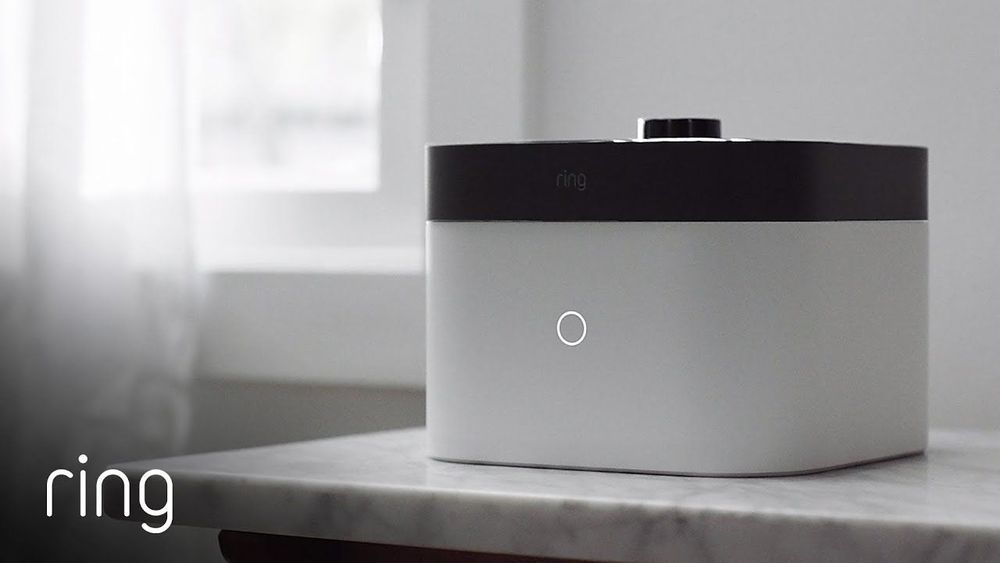
The Always Home Cam foils a very sloppy burglar.
Ring has given a brief demo of its flying security camera drone in a new ad. The Always Home Cam will be available next year and can be controlled with your phone.
Sep 21, 2020
Artificial Intelligence Has Become A Tool For Classifying And Ranking People
Posted by Neurozo Huang in categories: biotech/medical, mobile phones, robotics/AI
Recommending content, powering chatbots, trading stocks, detecting medical conditions, and driving cars. These are only a small handful of the most well-known uses of artificial intelligence, yet there is one that, despite being on the margins for much of AI’s recent history, is now threatening to grow significantly in prominence. This is AI’s ability to classify and rank people, to separate them according to whether they’re “good” or “bad” in relation to certain purposes.
At the moment, Western civilization hasn’t reached the point where AI-based systems are used en masse to categorize us according to whether we’re likely to be “good” employees, “good” customers, “good” dates and “good” citizens. Nonetheless, all available indicators suggest that we’re moving in this direction, and that this is regardless of whether Western nations consciously decide to construct the kinds of social credit system currently being developed by China.
This risk was highlighted at the end of September, when it emerged that an AI-powered system was being used to screen job candidates in the U.K. for the first time. Developed by the U.S.-based HireVue, it harnesses machine learning to evaluate the facial expressions, language and tone of voice of job applicants, who are filmed via smartphone or laptop and quizzed with an identical set of interview questions. HireVue’s platform then filters out the “best” applicants by comparing the 25,000 pieces of data taken from each applicant’s video against those collected from the interviews of existing “model” employees.
Sep 17, 2020
Skin made of silicon can now control cell phones
Posted by Quinn Sena in categories: computing, mobile phones
Circa 2015 one day a whole skin computer could be not just a computer in skin but actually made from skin.
Forget click wheels, computer mice, and touch screens, we can now control our cell phones with our forearms.
Sep 17, 2020
Physicists make electrical nanolasers even smaller
Posted by Quinn Sena in categories: mobile phones, physics, supercomputing
Researchers from the Moscow Institute of Physics and Technology and King’s College London cleared the obstacle that had prevented the creation of electrically driven nanolasers for integrated circuits. The approach, reported in a recent paper in Nanophotonics, enables coherent light source design on the scale not only hundreds of times smaller than the thickness of a human hair but even smaller than the wavelength of light emitted by the laser. This lays the foundation for ultrafast optical data transfer in the manycore microprocessors expected to emerge in the near future.
Light signals revolutionized information technologies in the 1980s, when optical fibers started to replace copper wires, making data transmission orders of magnitude faster. Since optical communication relies on light—electromagnetic waves with a frequency of several hundred terahertz—it allows transferring terabytes of data every second through a single fiber, vastly outperforming electrical interconnects.
Fiber optics underlies the modern internet, but light could do much more for us. It could be put into action even inside the microprocessors of supercomputers, workstations, smartphones, and other devices. This requires using optical communication lines to interconnect the purely electronic components, such as processor cores. As a result, vast amounts of information could be transferred across the chip nearly instantaneously.
Sep 16, 2020
Guy Designs Off-Road Wheelchair For His Wife So She Can Go On Adventures
Posted by Muhammad Furqan in categories: drones, mobile phones

A YouTube engineer invented an off-road ‘Not-A-Wheelchair’ for his wife to give her more freedom than ever before.
Zack Nelson, better known as JerryRigEverything, is known for testing out the durability of smartphones, looking at drones and conjuring other cool, wacky stuff.
Continue reading “Guy Designs Off-Road Wheelchair For His Wife So She Can Go On Adventures” »

